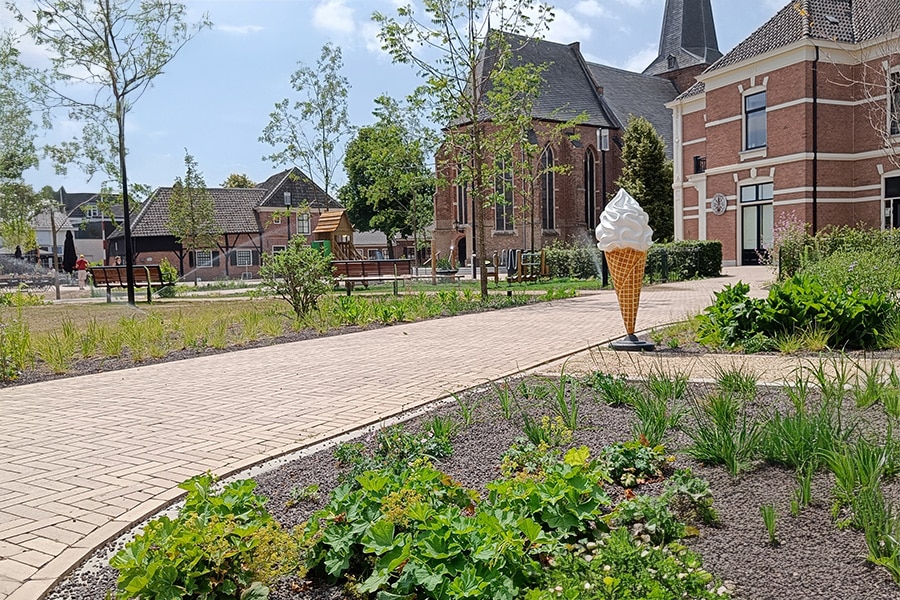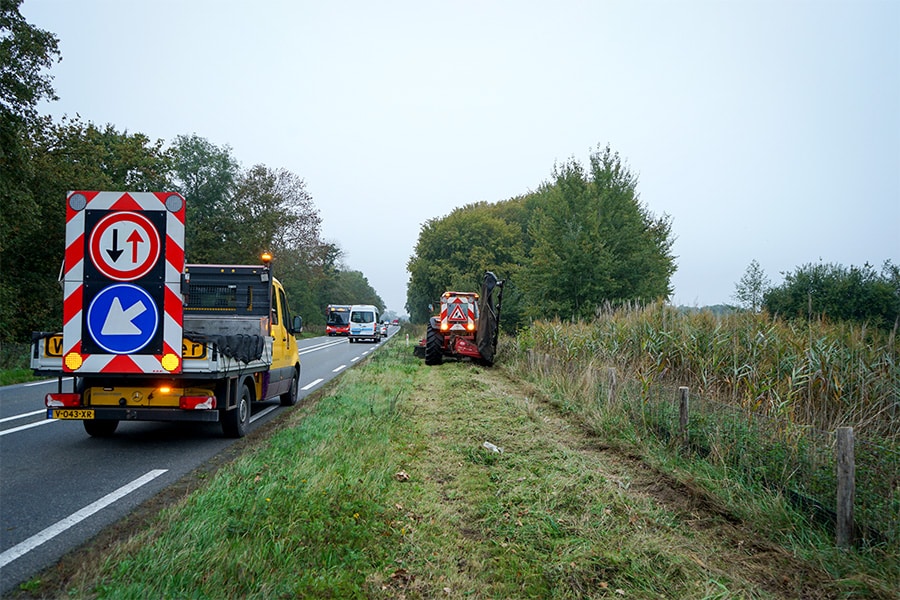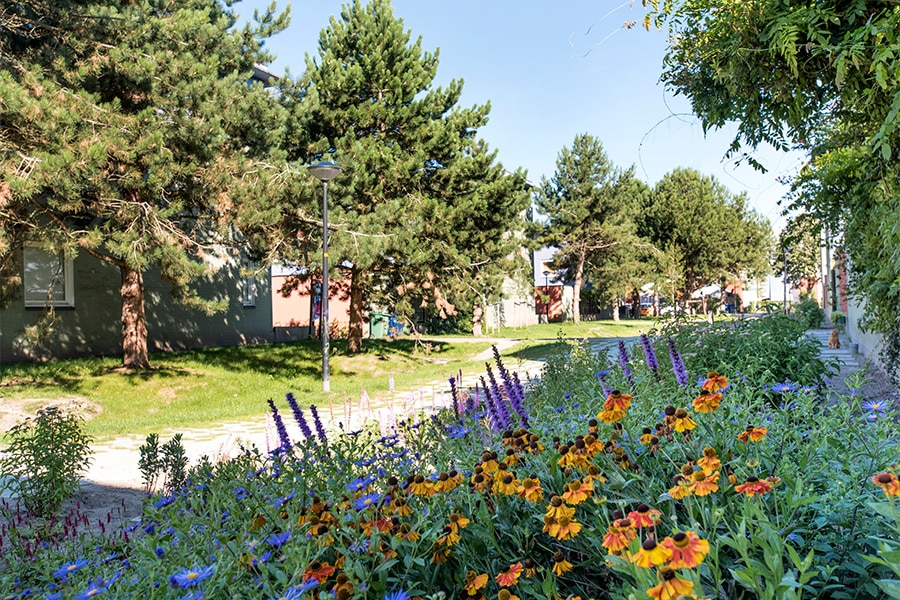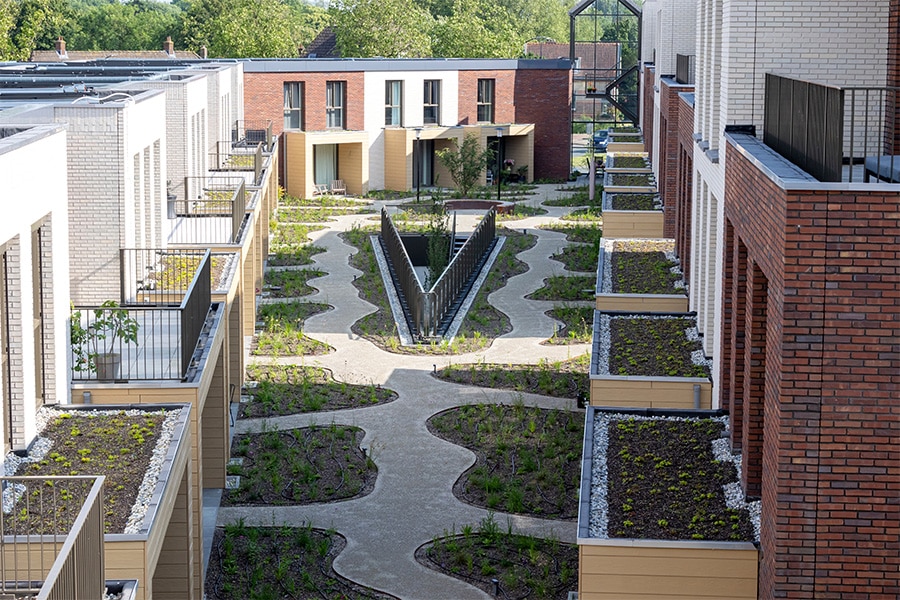
How to apply greening strategically in design plans
Greenery is no longer a closing item. It is the key to addressing social challenges such as climate change, heat stress and flooding, as well as improving health, biodiversity and spatial quality. Yet in practice, there is still a chasm between civil and green, observes Miriam Spermon, Design & Design consultant at idverde Advies: "The good news is that there are gains to be made."
"In many civil projects you see that design choices for cable routes or paving have already been made, while the greenery still has to come," Spermon said. "We do see increasing awareness, but greening really has to be included from the beginning. Whether you are talking about asphalt or street furniture, everything becomes worth less after completion. Only the trees become more valuable and after 40 years will contribute exponentially more to our health and livability in the city. That is worth investing in. Small adjustments can have a big impact. For example, we advise on how to place cable ducts so that trees have the space they need to grow old healthily. Another example is greening flat roofs with a buffer system for rainwater. With this you already take a big step: it provides cooling and insulation for your roof, and solar panels have a better yield. Everything is connected."

Tools provide insight
With projects throughout the Netherlands, idverde NL helps governments and developers to apply greening strategically. One of the tools used is the Climate scan. "This provides insight into where heat stress, drought or flooding is occurring and which interventions help to reduce these effects. In this way, we provide targeted advice tailored to the location." The Climate scan is part of Green Impact Modelling (GIM) and can be seen as a kind of starting point. Based on the Climate scan, the baseline measurement, you can use GIM to map the impact of green within the design. This allows you to substantiate the added value of greening with measurable data. This helps to introduce green not just as a wish, but as a demonstrable function within the design and decision-making process. Spermon explains the added value of this by means of an example: "In a recent application, the temperature on a business park was found to rise to 50°C on summer days, despite some planting. Thanks to the Climate scan and GIM, it became clear how adding trees with larger crown volume, façade greenery and semi-paving can effectively contribute to cooling and better water management."
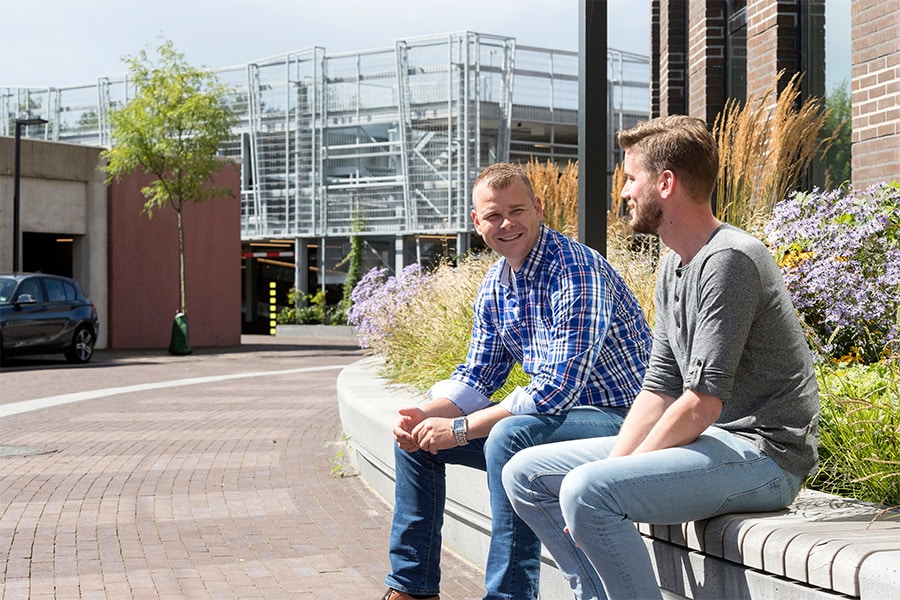
Working together on greener solutions
These tools stimulate integrated thinking and acting. By showing the impact of the choices you make, idverde NL helps policymakers and designers make informed decisions. "Then greening becomes not only desirable, but natural," Spermon said. "Greening is not an aesthetic luxury, but functional and urgent. Only together can we work on greener solutions for a better world!"
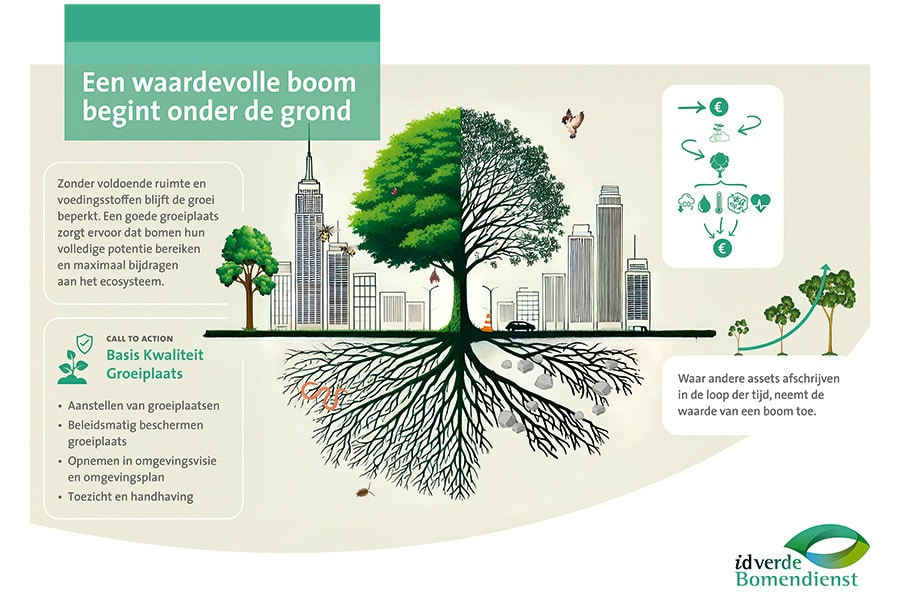
If we consider trees to be long-term assets, we need to treat them that way. That starts with creating a good foundation. The tree crown volume (GHV) provides a valuable tool for making data-driven decisions and designing growth sites that grow with the tree. So one will need to think carefully about the basic quality growth site (GHG). Whereas many municipal assets, such as roads and sewers, become worth less and less after construction, the value of trees actually increases as they grow older and larger. This means that investing in a spacious, healthy growing site is not only essential for the tree itself, but also an economically sensible choice for tree managers.
